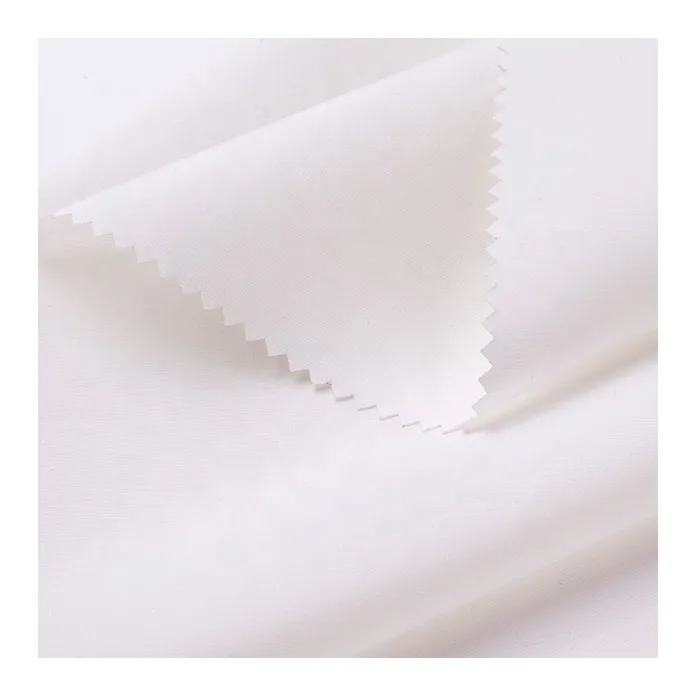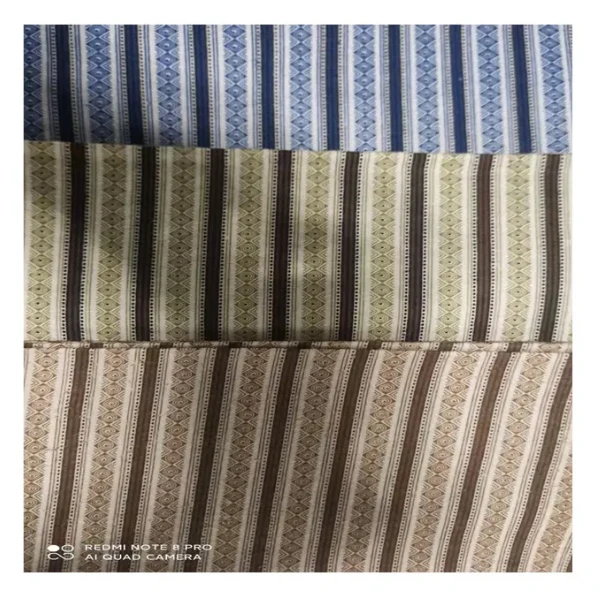
- Afrikaans
- Albanian
- Amharic
- Arabic
- Armenian
- Azerbaijani
- Basque
- Belarusian
- Bengali
- Bosnian
- Bulgarian
- Catalan
- Cebuano
- Corsican
- Croatian
- Czech
- Danish
- Dutch
- English
- Esperanto
- Estonian
- Finnish
- French
- Frisian
- Galician
- Georgian
- German
- Greek
- Gujarati
- haitian_creole
- hausa
- hawaiian
- Hebrew
- Hindi
- Miao
- Hungarian
- Icelandic
- igbo
- Indonesian
- irish
- Italian
- Japanese
- Javanese
- Kannada
- kazakh
- Khmer
- Rwandese
- Korean
- Kurdish
- Kyrgyz
- Lao
- Latin
- Latvian
- Lithuanian
- Luxembourgish
- Macedonian
- Malgashi
- Malay
- Malayalam
- Maltese
- Maori
- Marathi
- Mongolian
- Myanmar
- Nepali
- Norwegian
- Norwegian
- Occitan
- Pashto
- Persian
- Polish
- Portuguese
- Punjabi
- Romanian
- Russian
- Samoan
- scottish-gaelic
- Serbian
- Sesotho
- Shona
- Sindhi
- Sinhala
- Slovak
- Slovenian
- Somali
- Spanish
- Sundanese
- Swahili
- Swedish
- Tagalog
- Tajik
- Tamil
- Tatar
- Telugu
- Thai
- Turkish
- Turkmen
- Ukrainian
- Urdu
- Uighur
- Uzbek
- Vietnamese
- Welsh
- Bantu
- Yiddish
- Yoruba
- Zulu
ഫെബ്രു . 20, 2025 10:35
Back to list
Tc 80/20 110x76 44 Inches Poplin Solid Dyed Fabric Close Selvage
In the world of materials, woven fabrics stand out as a testament to advanced engineering intertwined with historical craftsmanship. From the silken threads of ancient textiles to the high-tech fibers of modern-day applications, the evolution of woven materials illustrates a remarkable journey shaped by innovation and tradition. This article will explore the multifaceted world of woven materials, focusing on their utilization across industries, innovations enhancing their applications, and the expertise required to leverage their full potential in today's market.
The sports industry further exemplifies the advantages of woven materials through their incorporation into gear and apparel. Athletes benefit from uniforms and equipment made from specialized woven textiles that enhance performance through moisture wicking, breathability, and flexibility. Innovations in fabric technologies, such as the integration of smart textiles with sensors and responsive materials, are revolutionizing athlete training, offering feedback and data previously unattainable. This intersection of textiles and technology requires expertise not only in textile engineering but also in data analysis and sports science. Consumer electronics is yet another sector where woven materials have made an impact. Companies are exploring ways to integrate electronic functionality into woven substrates, leading to the development of flexible circuits and wearable electronics. Such advancements are indicative of a broader trend towards the Internet of Things, where everyday objects become interconnected. Professionals in this field must navigate the complexities of electronic design and textile production to create products that are both functional and comfortable for the user. The journey of woven materials from traditional craft to contemporary innovation is marked by the convergence of experience, expertise, authoritativeness, and trustworthiness. Manufacturers and designers must possess a comprehensive understanding of textile technologies and market needs. Trust in product quality is built through rigorous testing and adherence to industry standards, while authoritativeness is achieved through innovation and leadership in research and development. These criteria ensure that woven materials continue to maintain their relevance and desirability across multiple industries. In summary, woven materials exemplify a blend of tradition, adaptability, and technological progression. Their role across diverse sectors highlights their enduring appeal and technical merits. The ability of these materials to adapt to the evolving demands of contemporary design and functionality underscores their indispensable nature in the modern landscape. By fostering expertise and building trust through quality and innovation, woven materials remain integral to today's product offerings, paving the way for future advancements in material science and application.


The sports industry further exemplifies the advantages of woven materials through their incorporation into gear and apparel. Athletes benefit from uniforms and equipment made from specialized woven textiles that enhance performance through moisture wicking, breathability, and flexibility. Innovations in fabric technologies, such as the integration of smart textiles with sensors and responsive materials, are revolutionizing athlete training, offering feedback and data previously unattainable. This intersection of textiles and technology requires expertise not only in textile engineering but also in data analysis and sports science. Consumer electronics is yet another sector where woven materials have made an impact. Companies are exploring ways to integrate electronic functionality into woven substrates, leading to the development of flexible circuits and wearable electronics. Such advancements are indicative of a broader trend towards the Internet of Things, where everyday objects become interconnected. Professionals in this field must navigate the complexities of electronic design and textile production to create products that are both functional and comfortable for the user. The journey of woven materials from traditional craft to contemporary innovation is marked by the convergence of experience, expertise, authoritativeness, and trustworthiness. Manufacturers and designers must possess a comprehensive understanding of textile technologies and market needs. Trust in product quality is built through rigorous testing and adherence to industry standards, while authoritativeness is achieved through innovation and leadership in research and development. These criteria ensure that woven materials continue to maintain their relevance and desirability across multiple industries. In summary, woven materials exemplify a blend of tradition, adaptability, and technological progression. Their role across diverse sectors highlights their enduring appeal and technical merits. The ability of these materials to adapt to the evolving demands of contemporary design and functionality underscores their indispensable nature in the modern landscape. By fostering expertise and building trust through quality and innovation, woven materials remain integral to today's product offerings, paving the way for future advancements in material science and application.
Latest news
-
The Versatility and Elegance of White Cotton Poplin FabricNewsJun.23,2025
-
The Luxurious Comfort of Carded CottonNewsJun.23,2025
-
Explore the Luxurious Comfort of Cotton Flannel ClothNewsJun.23,2025
-
Discover the Versatility of Cotton Poplin ClothNewsJun.23,2025
-
Bleach Cotton FabricNewsJun.23,2025
-
100 Cotton BlendNewsJun.23,2025
-
Versatile Elegance with Poplin Fabric for SaleNewsMay.15,2025
